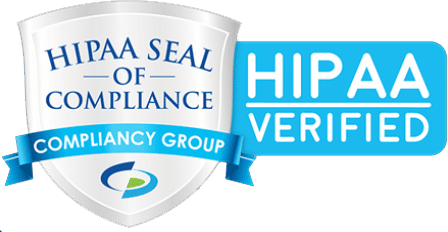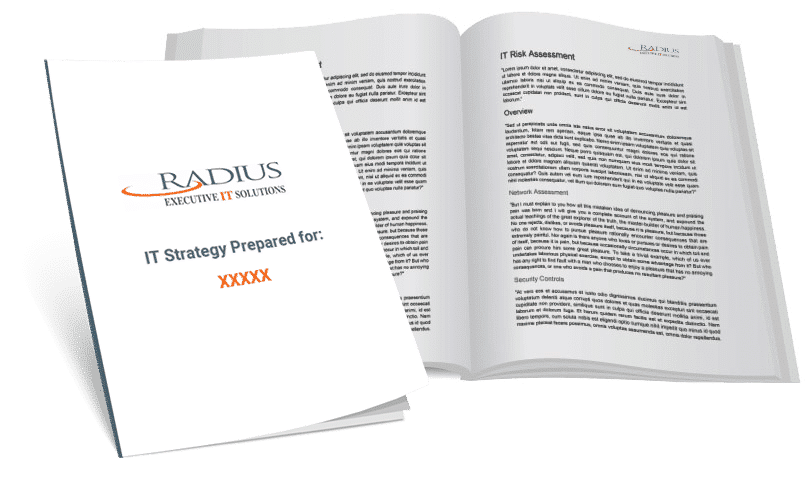Cybersecurity Training In Boston & New England
Key Points:
- The Five Pillars of Confident Cyber Security
- Component One: Continuous Security Training
- Component Two: Monthly Employee Security Newsletters
- Component Three: Simulated Phishing Attacks
- Component Four: Annual Security Risk Assessments
Cyberattacks never seem to slow down; they just keep coming and coming. The Boston Globe recently reported on a cyberattack at Shields Health Care Group Inc., a medical imaging company in Massachusetts. Affected were more than 2,000,000 people and patients.
For those reasons, more Boston and New England businesses and organizations repeatedly ask us for help to protect themselves more effectively. The best solution is ongoing staff training. Today, Michael introduces the Five Pillars of Confident Cyber Security training in this video.
Component One: Continuous Security Training
One of the quickest and easiest ways to improve employee awareness of cyber threats begins with short bite-size training modules and quizzes. With this component, your staff gets brought up to speed rapidly on what’s happening behind the scenes.
With more people consuming short TikTok and YouTube reels, the security material is also kept short. That eliminates disinterest among your employees and makes it easier to remember. For example, a segment covers how cell phones can cause a data breach in five minutes or less.
Should a quiz follow the training, the questions would be brief and to the point. For example, Question: Why should you never respond to a text message from an unknown phone number? The answer: It might be a scammer trying to hack my phone.
Component Two: Monthly Employee Security Newsletters
In this component, your staff gets introduced to monthly employee security newsletters. The content focuses on current events and how to spot potential threats they have never noticed before. In the material, cybersecurity threats and safety tips will enlighten them about the risks.
Depending on the industry your company serves, regulations, compliance, and sometimes with government contractors, CMMC 2.0 gets discussed. With updated security newsletters, you can easily follow up with staff on what they’ve learned so far.
The critical thing to remember, you want the newsletter posted for the highest visibility. Some companies prefer it posted in common areas where staff gather or email their inboxes. Following up with your employees about monthly topics in the newsletters helps them retain it easier.
Component Three: Simulated Phishing Attacks
Dating back to childhood, we all pretended, whether being a superhero or having invisible friends, pretending felt real. In a phishing attack simulation, that real feeling returns as they experience receiving a fake email and what happens next.
That event exposes a person to what it’s like to experience a fake phishing email attack. During the simulation, their auditory system processes what they heard, saw, and the sounds in that environment. They begin to see and understand, giving them a sense of what to expect.
That training and experience help your staff remain alert when they receive any email message. It allows you to test employee scam awareness, the steps they did or did not take, and what areas need further training and instruction.
Component Four: Annual Security Risk Assessments
Due to the vulnerabilities every business faces, you must always know where the weaknesses are inside your organization. In component four, it’s time to uncover what your employees know and areas they’ve forgotten, do not follow, or if they’re violating the current protocols.
An annual security risk assessment lets you see what an attacker sees as they study your company. The evaluation will assess, identify and implement needed security controls in applications. What gets uncovered allows you to address it quickly.
For more information about the Five Pillars of Confident Cyber Security, Radius Executive IT Solutions is the source you can contact for that training. Contact us today to schedule a no-obligation review, or call (978) 528-0110.





